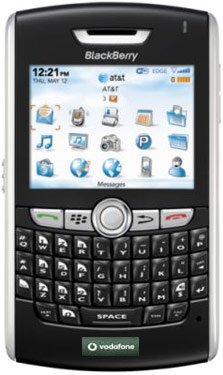Of course, we’re also grouping Intel’s accompanying 945G-series chipsets in with that opinion, since they have been, up until now, the only core logic accompanying Atom processors.

Earlier this year, we were able to take a sneak peek at the first platform with Atom support able to go up against Intel’s own anemic Atom-oriented chipsets: Nvidia’s Ion. First encountered at this year’s CES, we were impressed by just how much modern connectivity and GPU muscle the company had crammed into its proof-of-concept design. We were told to expect more Ion-related news in the months to come.
Now, almost six months later (and after the announcement of Acer’s AspireRevo nettop), we’re seeing the first mini-ITX motherboard based on the Ion concept, which means the do-it-yourselfers out there now have their own path to pursing an Ion-based platform. Will they want to, though? That’s the question we’re setting out to answer here.
Nvidia’s Ion: Stepping Out
That first Ion concept was truly stacked. It included lots of USB 2.0, analog 7.1-channel output, optical output, DVI, HDMI, Gigabit Ethernet, and SATA storage connectivity. As you already know, that box’s capabilities come from the Nvidia GeForce 9300 chipset, which the company is now calling its Ion Graphics Processor (IGP—get it?).

As a quick recap, the GeForce 9300 (or IGP as we’ll call it from here on out) is a single-chip solution that combines the functionality common to most northbridge and southbridge chipset components.
Exceptional I/O includes support for up to five PCI slots, six SATA 3 Gb/s ports, a total of 20 PCI Express 2.0 lanes across five links (1 x 16-lane and 4 x 1-lane), integrated Gigabit Ethernet, 12 USB 2.0 ports, and HD Audio.
The northbridge-y features include a dual-channel memory controller able to accommodate either DDR2-800 modules or DDR3 at speeds of up to 1,333 MHz. Nvidia claims front side bus speeds of up to 1,333 MHz, supporting Atom, Celeron, Pentium 4, and Core 2 processors. Temper your excitement about those modern memory and bus settings, though. The Atom 330 soldered onto Zotac’s board sports a 533 MHz FSB and communicates with DDR2 modules-only.
And then there’s the integrated graphics. Derived from Nvidia’s G86 GPU, the IGP sports 16 shader processors and relies on shared system memory. The graphics core runs at 450 MHz while the shaders operate at 1,100 MHz—down a bit, actually, from the GeForce 9300 we reviewed last October.
With the chipset specifics out of the way, let’s take a look at how Zotac has turned Nvidia’s IGP into a mini-ITX motherboard.
more info>>




0 komentar:
Posting Komentar